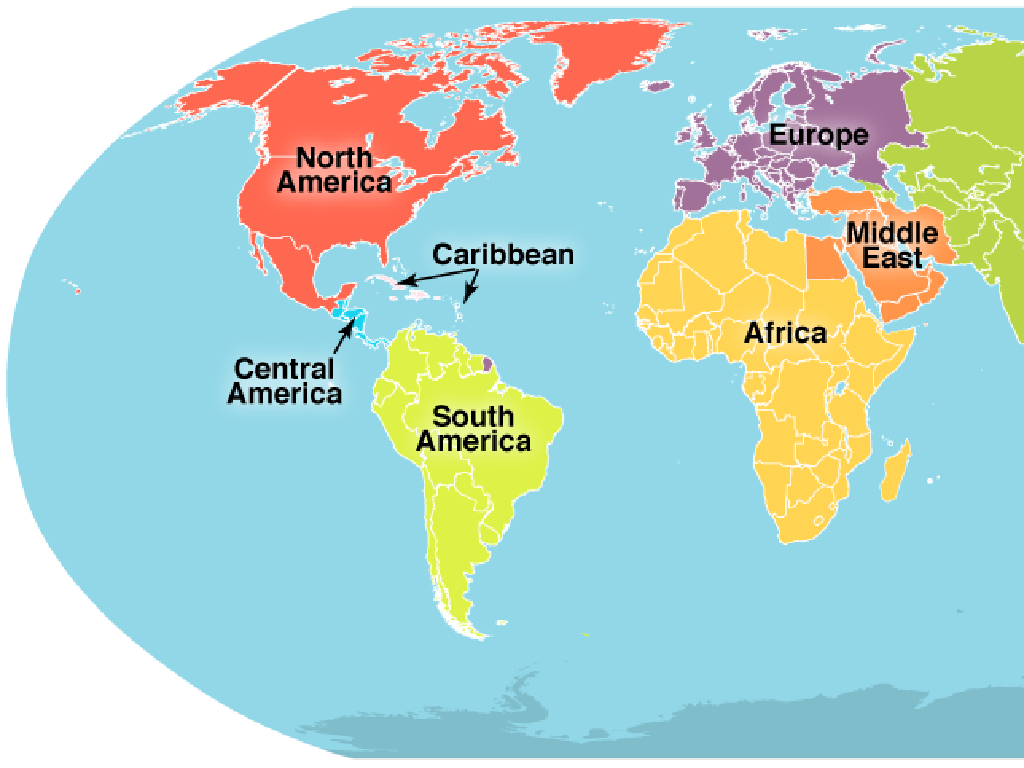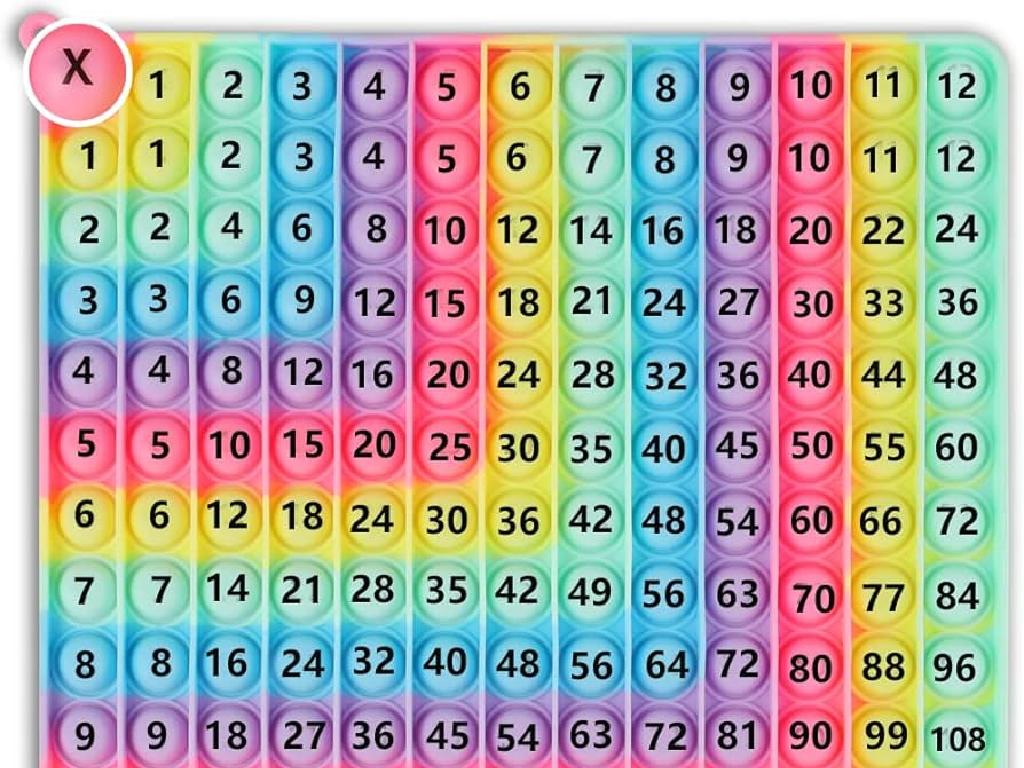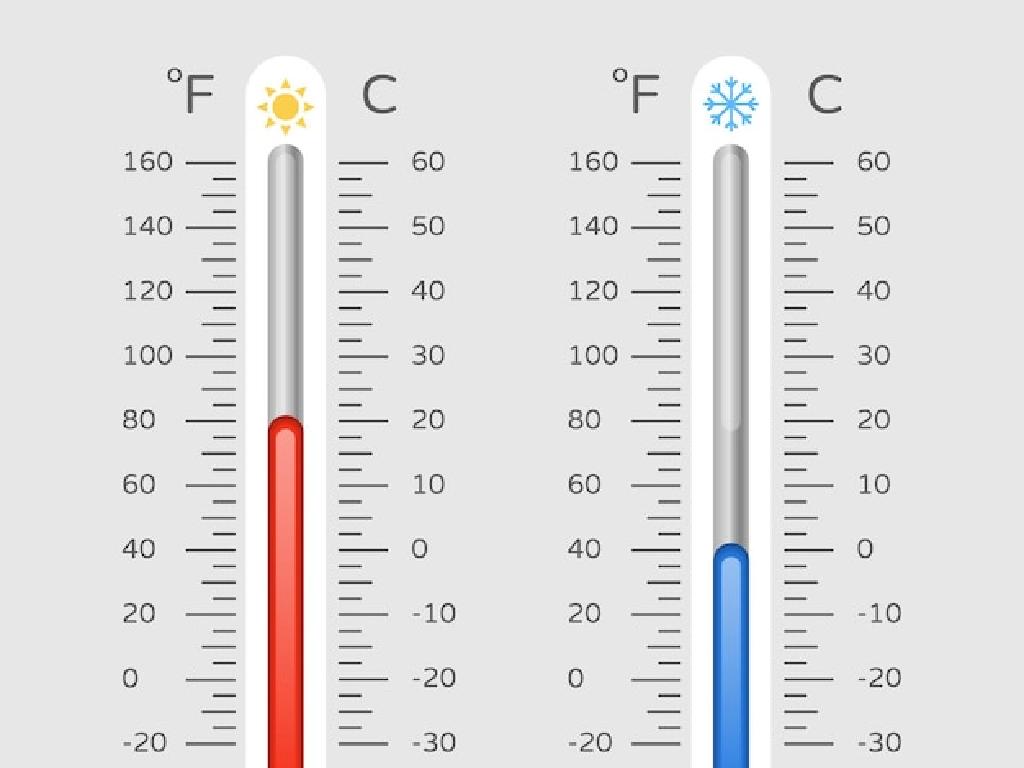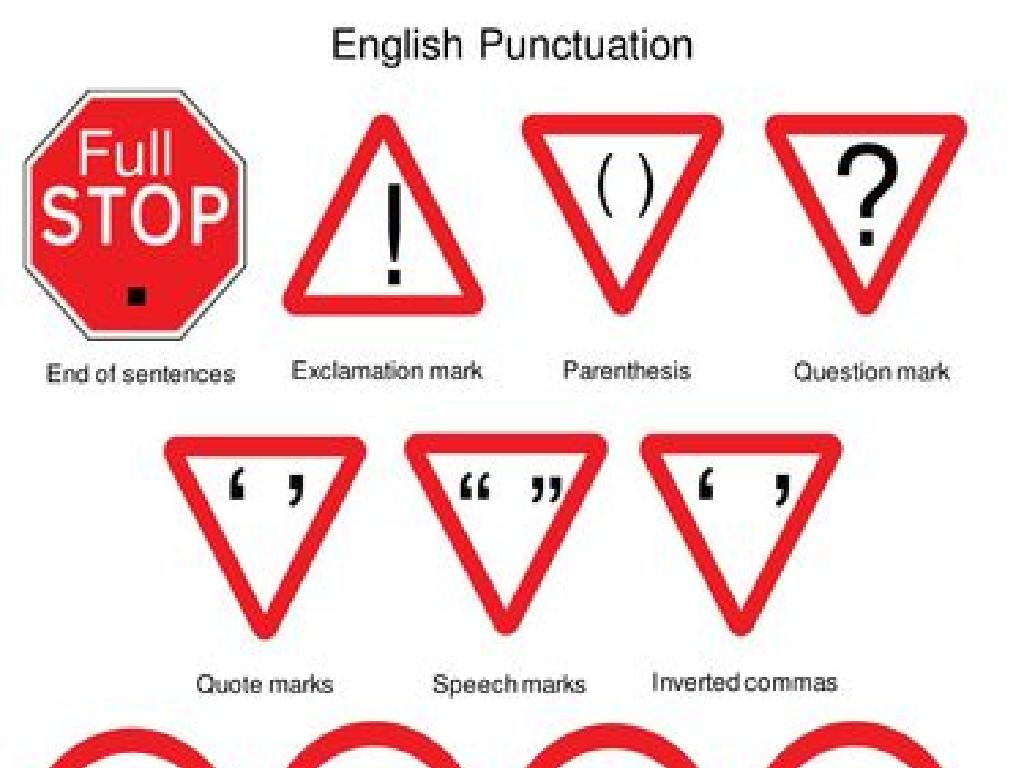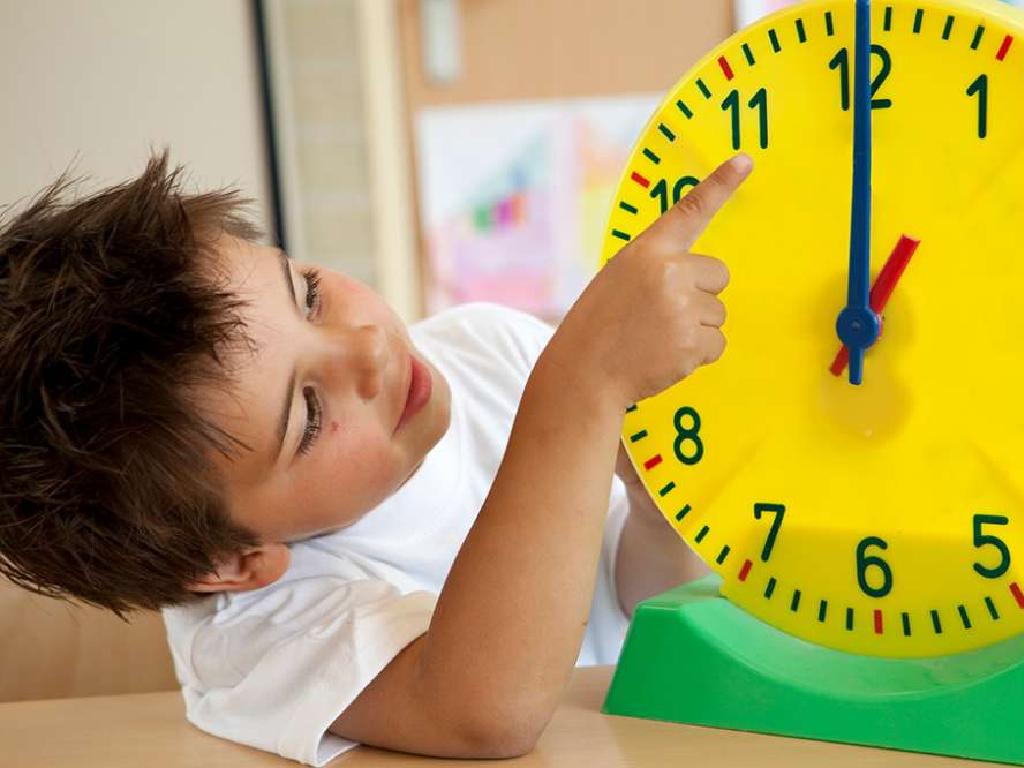Read About Animals
Subject: Language arts
Grade: Kindergarten
Topic: Read-Alone Informational Texts
Please LOG IN to download the presentation. Access is available to registered users only.
View More Content
Welcome to the Animal Kingdom!
– Learn about animals by reading
– Explore animal types
– Animals like lions, bears, and elephants
– Discover animals’ habitats
– Where do they sleep? Jungle, ocean, ice
– Become little animal experts
|
This slide is designed to excite kindergarten students about the diversity of the animal kingdom. Start by explaining that reading is a way to learn new things, especially about animals. Introduce different types of animals, such as mammals, birds, and fish, and discuss their characteristics. Talk about various habitats like jungles, oceans, and the Arctic, and which animals live in each place. Encourage the children to think about what makes each habitat unique and suitable for the animals that live there. The goal is to spark curiosity and prepare them for more detailed learning about animals and their environments.
What Are Animals?
– Animals are living things
– They can move around and need to eat
– They have many shapes and sizes
– From tiny ants to big elephants
– Animals live in different places
– Like jungles, oceans, or our homes
– Some animals can be pets
|
This slide introduces kindergarteners to the concept of animals as living things, emphasizing their ability to move and eat. Highlight the diversity of animal life by discussing the variety of shapes and sizes animals come in, and the different habitats they live in, from the wild jungles and vast oceans to the comfort of our homes as pets. Use simple language and relatable examples to make the content accessible. Encourage the children to think of animals they have seen in different places and to share their experiences. This will help them connect the concept of habitats with real-life observations.
Meet Some Farm Animals
– Let’s read about cows, pigs, chickens
– Cows give milk, pigs like mud, chickens lay eggs
– Learn where they live
– They all live together on a farm
– Discover what jobs they do
– Cows help by giving milk, pigs help by plowing, chickens by laying eggs
– Practice animal sounds together
– What sound does a cow make? How about a pig and a chicken?
|
This slide is designed to introduce kindergarten students to farm animals through a read-aloud activity. Start by showing pictures of cows, pigs, and chickens and reading about them. Explain that these animals live on a farm and each has a unique role, such as providing milk, eggs, or helping with farm work. Engage the students by asking them to mimic the sounds these animals make, which will make the learning experience interactive and fun. Encourage them to think about what other jobs animals might do on a farm. This activity helps students connect sounds to animals and understand the concept of animal roles in a farm setting.
Exploring Wild Animals
– Learn about lions, tigers, monkeys
– Big cats and playful primates in books
– Wild animals’ homes in nature
– Forests and jungles are their habitats
– Wild animals are different from pets
– Pets live with us, wild animals do not
– Safety around wild animals
– We look, but do not touch wild animals
|
This slide introduces kindergarteners to the concept of wild animals, focusing on where they live and how they differ from household pets. Use pictures and simple texts to help students identify lions, tigers, and monkeys, and explain that these animals live in forests and jungles, which are their natural habitats. Emphasize the importance of safety and respect for wild animals, explaining that unlike pets, wild animals are not accustomed to human interaction and can be dangerous. Encourage students to ask questions about wild animals and share any experiences they have had seeing these animals at zoos or in books.
Exploring Sea Creatures
– Oceans have amazing creatures
– Learn about fish, octopuses, whales
– Fish have gills, octopuses have siphons, and whales have blowholes
– Sea animals breathe underwater
– Discover how they survive
– We’ll explore their habitats and behaviors
|
This slide introduces kindergarteners to the fascinating world of sea creatures. Emphasize the vastness and wonder of the ocean, which is home to a variety of life. Highlight key animals such as fish, octopuses, and whales, and explain how each of these animals is adapted to live and breathe underwater. Use simple language to describe their different breathing mechanisms. Encourage the children’s curiosity by discussing the unique habitats and behaviors of these sea creatures. Prepare to show pictures or short videos in the next class to make the learning experience more engaging and to help the students visualize the underwater world.
Reading Time: Exploring Animal Books
– Pick a book about a favorite animal
– Observe the animal pictures
– Look at the colors, shapes, and what the animal is doing
– Try reading the words you see
– Sound out the words and remember what we learned about letters
– Tell us what you learned
|
This slide is designed to encourage independent reading and exploration in young learners. The activity should be presented as a fun and exciting opportunity for the children to learn more about animals they are interested in. Provide a selection of animal books suitable for kindergarten readers and allow them to choose one that piques their interest. Encourage them to look at the pictures for visual clues and attempt to read the words, using phonics skills they’ve learned in class. After reading, ask the children to share interesting facts or something new they’ve learned about their chosen animal. This will help develop their comprehension and verbal skills, as well as reinforce the connection between written and spoken language.
Animal Show and Tell
– Read about your favorite animal
– Tell us why it’s your favorite
– Share what it eats
– Does it eat leaves, insects, or fish?
– Describe where it lives
– Is it from the jungle, ocean, or farm?
|
This slide is for a class activity where students will engage in a show and tell after reading about animals. Encourage the children to think about their favorite animal they read about and be prepared to explain why they like it. They should also be ready to share interesting facts about the animal’s diet and habitat. For teachers, prepare to guide the students with prompts if they are hesitant. Possible activities include drawing their favorite animal, acting out the animal’s behavior, or even bringing a stuffed animal to class to show their peers. This activity will help students with their speaking skills and reinforce their understanding of the information they read.
Class Activity: Animal Mask Creation
– Create masks of animals you’ve read about
– Use paper plates, colors, and strings
– Wear your mask and act out the animal
– Imagine you’re the animal: How does it move or sound?
– Have fun pretending with friends
|
This activity is designed to reinforce the animals that students have learned about in their reading. By creating masks, students engage in a hands-on project that allows them to explore their creativity. Provide paper plates, colors, and strings for the students to make their animal masks. Once completed, encourage them to wear their masks and act out the behaviors and sounds of their chosen animals. This will help them connect physically with the information they’ve read. For the teacher: Prepare a space for mask creation, assist students as needed, and ensure that all materials are safe and suitable for kindergarten students. Possible variations of the activity could include a mini parade, a guessing game of which animal each student is, or a storytelling session where each student tells a short story about their animal.

